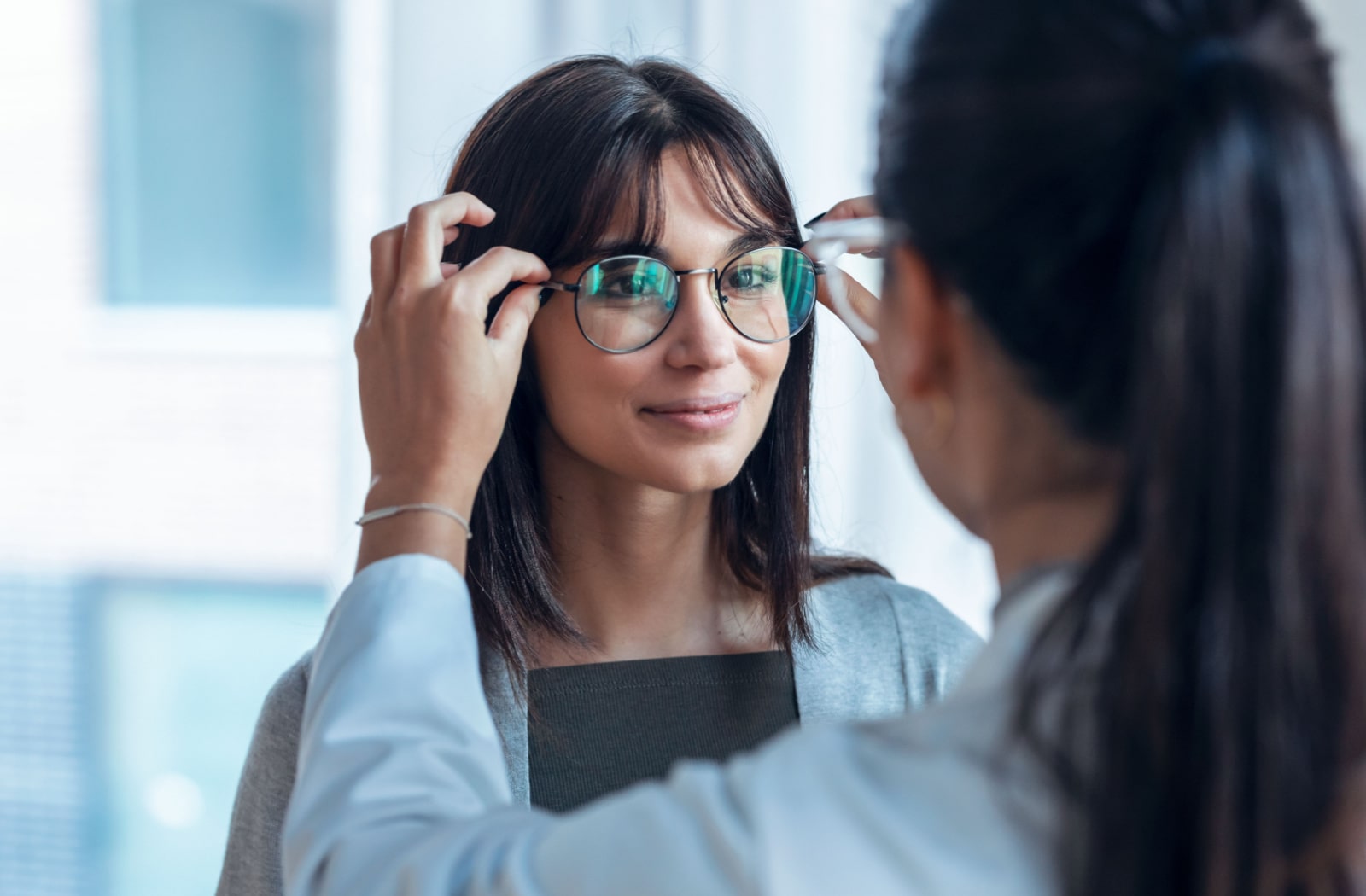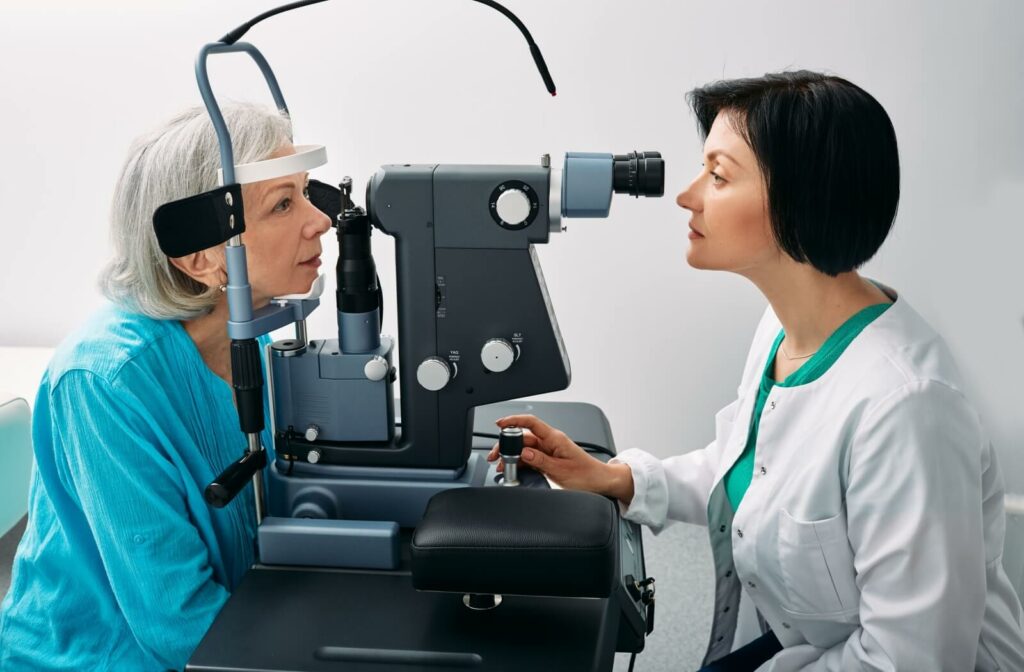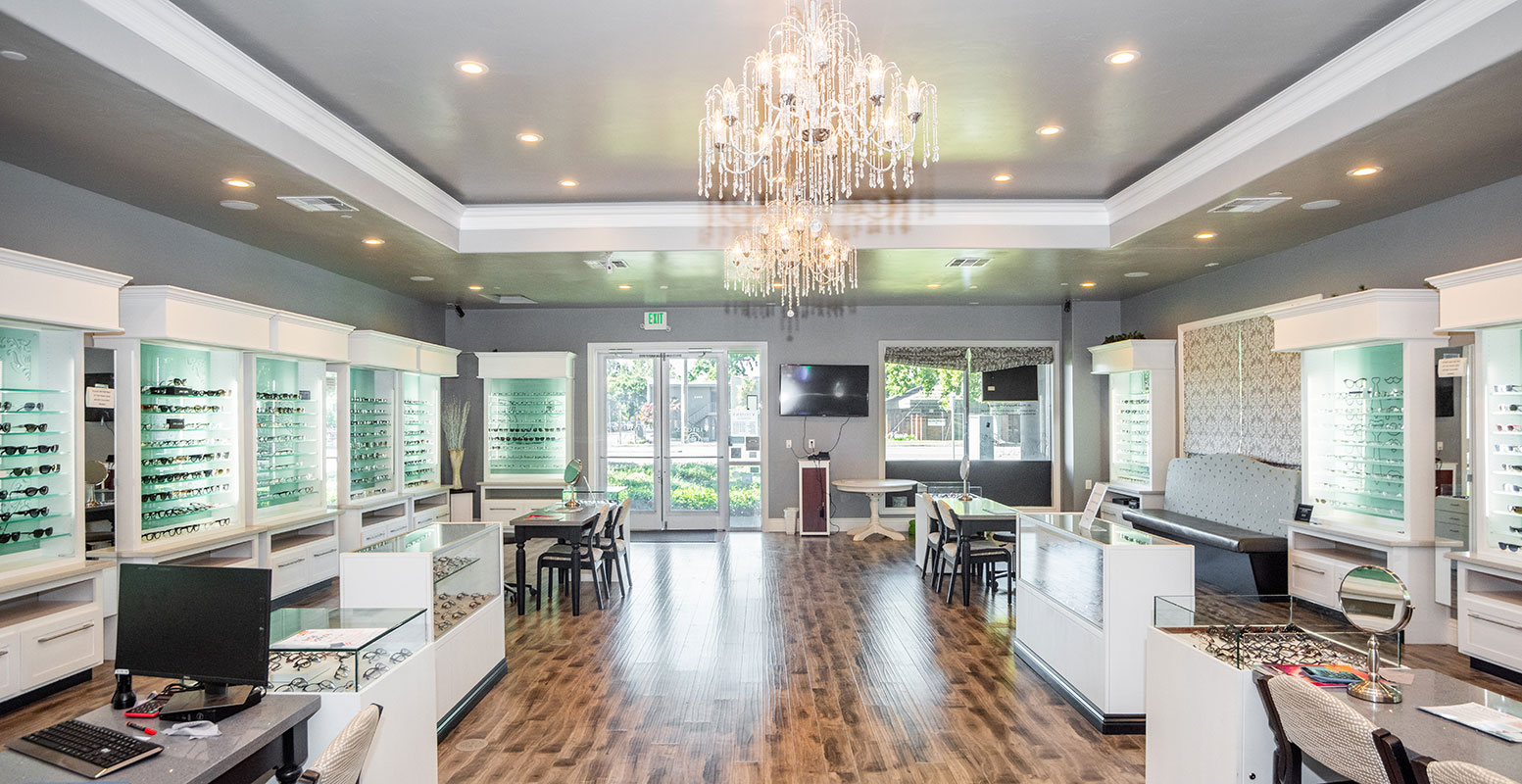Discover a Trusted Optometrist Chino for Household Eye Care Solutions
Discover a Trusted Optometrist Chino for Household Eye Care Solutions
Blog Article
Exploring the current Technical Improvements in Optometry and What They Mean for Optometrists
From the precision of Optical Coherence Tomography to the nuanced understandings supplied by AI-driven diagnostic tools, these technologies are setting new requirements in individual analysis and therapy. As these advancements permeate the method, eye doctors are encountered with the challenge of accepting these tools to boost person outcomes.
Developments in Diagnostic Equipment
Advancing the field of optometry, advancements in analysis devices have actually revolutionized the method eye care professionals analyze and detect aesthetic disabilities and ocular problems. The previous decade has actually experienced considerable technological advancements, enabling even more comprehensive and exact analyses.
Another secret innovation is the introduction of innovative corneal topography systems, which map the surface curvature of the cornea with accuracy. These devices are particularly beneficial for fitting call lenses and diagnosing corneal conditions. Digital retinal imaging has actually changed traditional ophthalmoscopy, providing in-depth, breathtaking sights of the retina that facilitate complete aesthetic evaluations.
The advancement of wavefront aberrometry has actually additionally been vital, enabling the evaluation of refractive errors with unmatched precision (Eye Doctor). This modern technology aids in personalizing restorative lenses and boosting medical outcomes for refractive surgical procedures. Jointly, these analysis innovations equip eye doctors to supply superior person treatment, making sure early intervention and tailored therapy approaches, ultimately improving aesthetic wellness results
AI in Person Administration
Structure on the foundation of sophisticated diagnostic devices, the unification of man-made knowledge (AI) in individual monitoring represents a transformative leap for optometry. AI systems are progressively employed to enhance efficiency, accuracy, and personalization in person treatment.
Furthermore, AI-driven platforms assist in streamlined patient communications and management procedures. Automated scheduling, virtual examinations, and individualized follow-up strategies not just improve patient complete satisfaction but additionally optimize time management for experts. These systems can triage people based on the necessity of their problems, making certain that those in vital demand get punctual attention.
Furthermore, AI improves decision-making by giving optometrists with evidence-based recommendations and therapy pathways. By integrating data from digital health and wellness documents, AI tools provide insights that notify professional choices, reducing the danger of errors and enhancing person end results. As AI remains to evolve, its role in client administration will likely increase, improving the landscape of optometric care.
Developments in Retinal Imaging
In the world of optometry, retinal imaging has observed exceptional technological innovations that are boosting diagnostic abilities and client treatment. Advancements such as Optical Comprehensibility Tomography (OCT) and fundus digital photography have actually revolutionized how eye doctors assess the retina and visualize. OCT, particularly, gives high-resolution, cross-sectional pictures of the retina, permitting the comprehensive evaluation of its layers. This capability is important for very early discovery and management of conditions like glaucoma, diabetic retinopathy, and age-related macular degeneration.
Enhanced imaging methods like OCT angiography are additional refining analysis precision. This non-invasive method maps blood circulation in the retina, providing vital insights into vascular wellness without the requirement for color injections. In addition, adaptive optics modern technology is being integrated right into retinal imaging systems to fix eye aberrations, delivering unmatched image clearness. Such innovations help with the identification of min retinal modifications that can represent condition progression.
Moreover, advancements in artificial intelligence are boosting retinal imaging by allowing computerized analysis of big datasets. These systems help eye doctors in recognizing patterns indicative of pathology, thereby improving analysis precision and performance. Jointly, these innovations are transforming retinal imaging into a cornerstone of contemporary eye care, enhancing results and broadening restorative opportunities.
Teleoptometry's Expanding Duty
Teleoptometry is increasingly becoming a crucial element of eye treatment, driven by advancements in electronic communication and diagnostic devices. This is particularly valuable in underserved and country areas where accessibility to specialized eye care is frequently minimal.
The assimilation of expert system (AI) further boosts teleoptometry, enabling the evaluation of visual information and helping in the discovery of eye conditions such as glaucoma and diabetic person retinopathy. AI-powered algorithms can quickly interpret complicated imaging data, supplying optometrists with useful insights that boost clinical decision-making.
Moreover, teleoptometry supports connection of care with smooth combination with digital health documents (EHRs), enabling eye doctors to maintain detailed patient backgrounds. This guarantees that people receive individualized and consistent treatment also when speaking with different professionals.
Regardless of these advantages, challenges stay, consisting of making certain data safety and taking care of client expectations. However, teleoptometry stands for a significant stride towards even more accessible, efficient, and patient-centered eye care. As technology evolves, its role is poised to expand even more.

Future Trends in Eye Care
A myriad of cutting-edge fads is readied to improve the future of eye treatment, driven by technological developments and the developing requirements of clients. One significant trend is the integration of expert system (AI) in diagnostics, which promises to boost the accuracy and performance of eye exams. AI formulas can assess he said huge amounts of data from retinal photos, possibly spotting problems like diabetic person retinopathy and browse around this web-site glaucoma earlier than conventional methods.
Moreover, tailored medication is acquiring traction in optometry, with hereditary testing informing tailored treatment plans. This strategy aims to optimize client results by tailoring interventions to private genetic profiles. Wearable technology, such as clever get in touch with lenses, is also imminent, using real-time monitoring of intraocular stress or glucose degrees, thus giving constant insights into systemic and ocular wellness.
The adoption of increased truth (AR) and virtual truth (VR) in training and person education and learning is another arising pattern. These innovations offer immersive experiences that can enhance understanding and skills both for optometrists and clients. As these fads evolve, eye doctors must stay abreast of technical innovations to offer cutting-edge treatment, guaranteeing better client outcomes and complete satisfaction in the vibrant landscape of eye care.
Conclusion

Jointly, these diagnostic developments empower optometrists to deliver superior person care, making sure early intervention and customized treatment strategies, ultimately improving aesthetic health end results.

As these technologies proceed to advance, optometrists should adjust and incorporate them into technique, ultimately enhancing workflow efficiency and raising the criterion of eye care supplied to clients.
Report this page